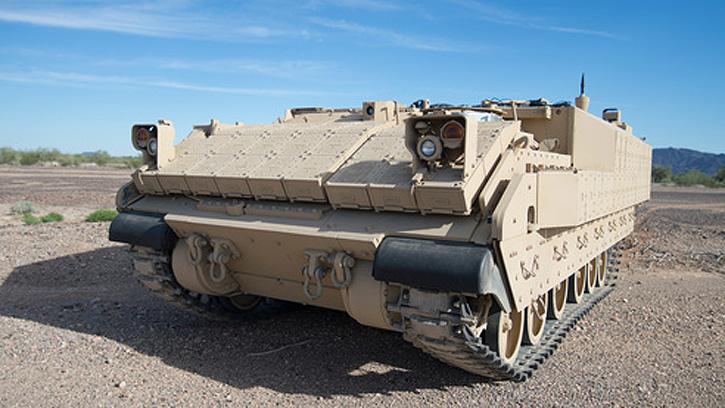

The U.S. Army has awarded BAE Systems $1.2 billion contract develop and produce Armored Multi-Purpose Vehicles (AMPV) based on Bradley chassis to replace the 50 year old M-113 Armored Personnel Carriers that haved served the army since the Vietnam War. The award was expected for several months. Following the Army decision to opt for the Bradley as the baseline platform for AMPV. BAE is the original manufacturer for the Bradley.

The Engineering, Manufacturing, and Development (EMD) and Low-Rate Initial Production (LRIP) of the Armored Multi-Purpose Vehicle (AMPV) contract features a 52-month base term worth $383 million and an option to begin the vehicles’ low-rate initial production phase for another 289 vehicles.
Under the development and Low Rate Initial Production phase funded by the initial contract the company will design and build 26 AMPVS vehicles in several variants including mortar carrier, mission command, medical evacuation, medical treatment and general purpose.
These AMPVs leverage the design of the Bradley Fighting Vehicle and M109A7 designs, to meet the Army’s force protection and all-terrain mobility requirements being able to maneuver with Armored Brigade Combat Teams (ABCT).
The BAE Systems AMPV team includes DRS Technologies, responsible for power management, distribution, and integration; Northrop Grumman Corporation, responsible for Mission Command Mission Equipment Package design and integration; Air Methods Corporation, responsible for the design and integration of medical evacuation and treatment subsystems; and Red River Army Depot, responsible for vehicle teardown and component remanufacture. The company’s offering includes proven powertrain and drivetrain components from Cummins, L3 Communications, and LOC Performance that supports the ABCT industrial base .




















